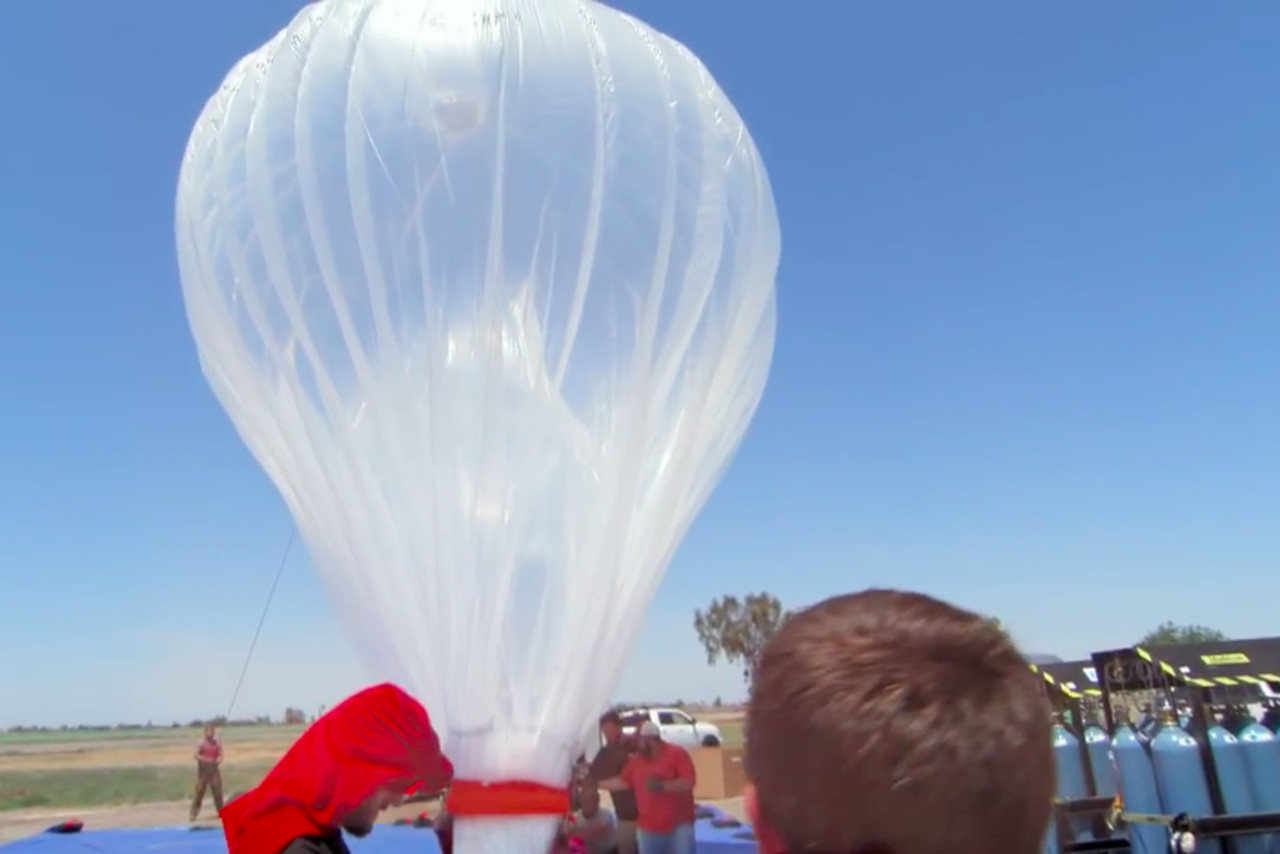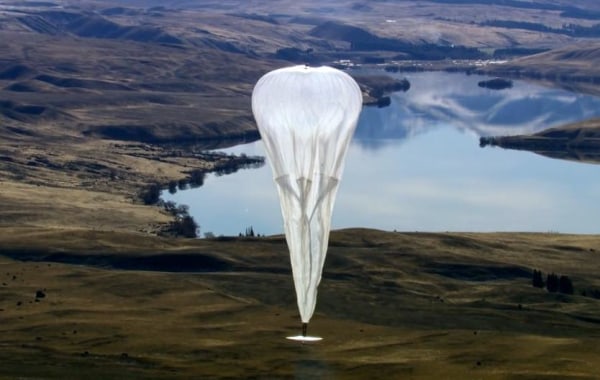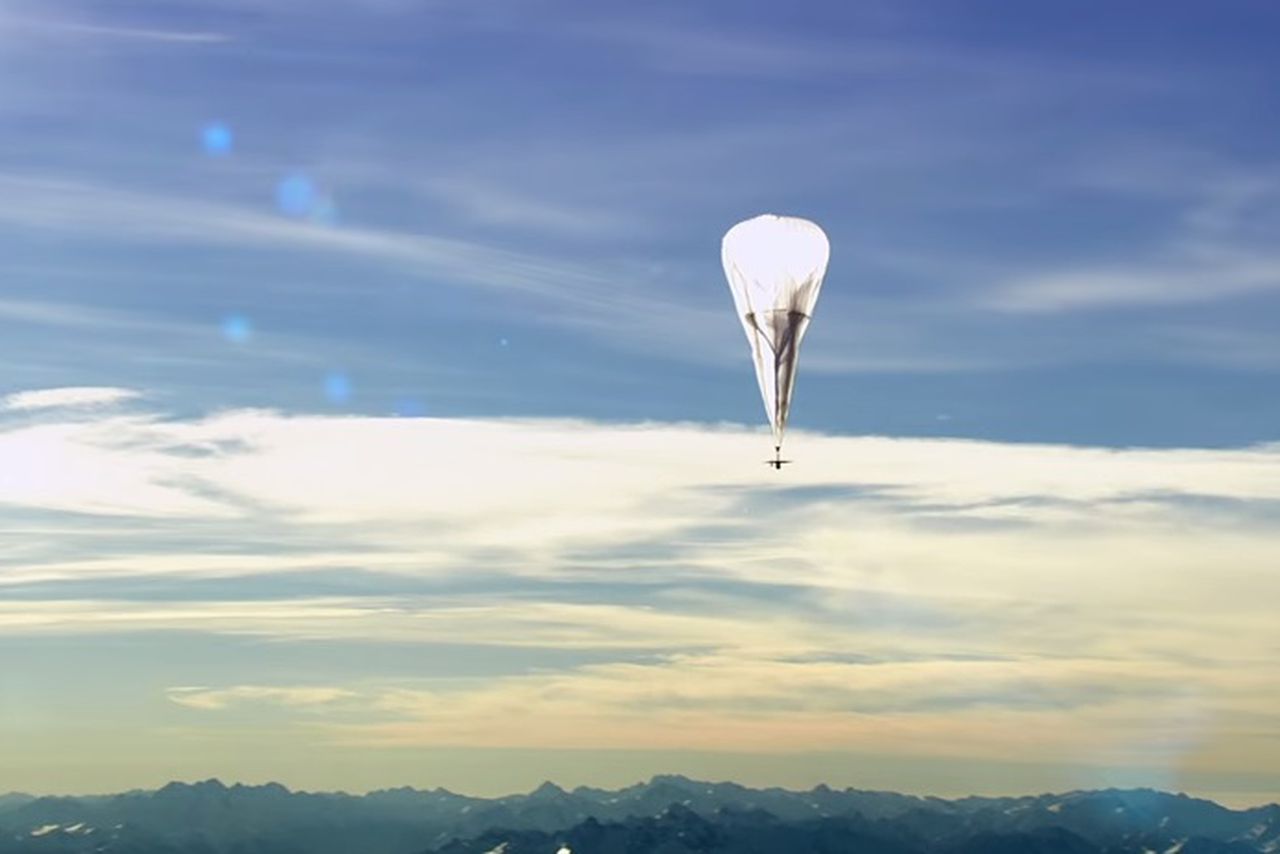
Un rapport de l'Anses fin 2016
DR
Ca y est, enfin des marqueurs sanguins de l’électrohypersensibilité: c’est une nouvelle étude du chercheur Dominique Belpomme, publiée fin 2015, qui l’affirme. Si elle ouvre quelques pistes intéressantes, l’étude souffre de failles majeures, dont celle, cruciale, d’une absence de contrôle avec des individus sains.
Publiée dans les Reviews on Environmental Health, cette étudede l’Association pour la recherche thérapeutique anticancéreuse (Artac), présidée par Dominique Belpomme, est revendiquée par ses auteurs comme la première à décrire des marqueurs sanguins de l’électrohypersensibilité aux ondes.
Un espoir pour les patients, qui souffrent d’une absence d’écoute médicale face à un mal dont les mécanismes physiologiques demeurent inconnus, et sans marqueurs biologiques détaillés à ce jour. En bref, une souffrance sans explication officielle, longtemps (et encore) prise pour un mal psychosomatique, voire psychiatrique.
Menée sur 727 patients atteints d’électrohypersensibilité ou de sensibilité chimique multiple, l’étude affirme l’existence de marqueurs sanguins, précédemment mis en évidence lors d’études chez l’animal: hausse du taux d’histamine chez 40% des patients, de la nitrotyrosine chez 28%, de la protéine S100B chez 15% [1], des anticorps anti-O-myéline chez 23%, et des protéines chaperonnes hps27 et hsp30 chez 33%. Des examens d’imagerie cérébrale suggèrent aussi une inflammation dans certaines parties du cerveau, dont le système limbique et le thalamus.
UNE PREUVE DE LA MALADIE
Contacté par le JDLE, Philippe Irigaray, directeur des recherches scientifiques à l’Artac et co-auteur de l’étude, indique qu’une surélévation des marqueurs histamine, nitrotyrosine ou S100B est retrouvée chez 71,8% des patients électrohypersensibles et chez 75% de ceux atteints de sensibilité multiple chimique.
Selon les auteurs, les deux maladies, impliquant inflammation, stress oxydatif, réponse auto-immune et perméabilité hémato-encéphalique, sont deux formes d’une maladie liée à un même mécanisme. «Notre étude démontre qu’il y a de vrais facteurs [biologiques] à l’origine de cette maladie, que ce sont de vrais malades, et qu’il ne s’agit pas d’une maladie psychologique», commente Philippe Irigaray.
C’est aussi une étape importante pour les associations: dans un communiqué, Etienne Cendrier, porte-parole de Robin des Toits, estime que ces résultats sont «de nature à éteindre cette polémique scientifique artificielle qui ne sert que les intérêts économiques de court-terme des industriels au détriment de la santé publique».
Pourtant, et c’est un euphémisme, Dominique Belpomme, lanceur d’alerte très soutenu par les associations d’électrosensibles, n’est pas homme à faire consensus scientifique. Ou s’il le fait, c’est plus souvent contre lui qu’en sa faveur. Ce qui ne l’a pas empêché, bravant les critiques, de lever de sacrés lièvres, notamment en 2007 lors de l’affaire du pesticide chlordécone aux Antilles françaises.
L’ABSENCE DE CONTRÔLES
Il n’est pas dit que la méthodologie utilisée soit très appréciée par la communauté scientifique. Sa faille majeure: l’absence de contrôles, à savoir des individus sains. Sans cela, difficile d’affirmer dans quelle mesure les chiffres avancés s’éloignent de la normale.
Contacté par le JDLE, Yves le Dréan, chercheur rennais à l’Irset [2] et spécialiste de l’effet cellulaire des ondes, estime que «l’étude ne présente pas de statistiques», et qu’«elle n’est donc pas très informative». D’autant que «beaucoup de marqueurs sont non spécifiques, par exemple l’histamine caractéristique des allergies, ou les protéines chaperonnes dans certains cancers».
Pour autant, Yves Le Dréan juge que «l’étude est intéressante d’un point de vue biologique, même si elle ne dit rien sur les relations de cause à effet. On sait très bien que ces personnes ont des problèmes de santé, mais on ne sait pas pourquoi elles les ont, et si les ondes sont responsables. Et cette étude ne montre pas que les ondes sont responsables».
NOUVELLE PISTE POUR LES ÉTUDES DE PROVOCATION?
«Ce sont juste des résultats bruts sur une population», ajoute-t-il. Malgré ses failles, l’étude ouvre des pistes intéressantes de recherche. Notamment avec les études dites «de provocation»: celles-ci consistent à installer des patients électrosensibles dans une pièce fermée, puis à les exposer ou non à des ondes. Pour l’instant, la plupart de ces études n’ont pas été concluantes, les personnes ne parvenant pas à se savoir exposées ou non. Pour Yves Le Dréan, «il serait intéressant de les reproduire en mesurant l’évolution de ces marqueurs sanguins».
L’échec des études de provocation est l’une des raisons principales du scepticisme scientifique vis-à-vis de l’électrosensibilité, et une source de colère pour les associations. «Peut-être que ce ne sont pas les ondes seules, peut-être que c’est les ondes plus quelque chose: c’est vraiment un mystère, et c’est très problématique pour ces personnes, qui souffrent. Elles n’ont pas plus de problèmes psychiatriques que la population générale: leur mal est réel», juge Yves Le Dréan.
Quid de la toxicité des ondes? «A court terme, les études montrent qu’il n’y a pas grand-chose à craindre. Mais à long terme, le doute n’est pas levé», estime le chercheur rennais. Dominique Belpomme «s’avance beaucoup trop dans ses conclusions»: «au pire, nous sommes peut-être face à un poison à très faible dose, avec de possibles effets cocktails» avec d’autres agents, conclut-il.
Entre autres travaux sur les ondes, cette étude sera au menu d’un groupe d’experts de l’Agence nationale de sécurité sanitaire de l’alimentation, de l’environnement et du travail (Anses), qui prépare pour la fin de l’année un rapport sur la question de l’électrohypersensibilité, a-t-on appris d’une source proche du dossier.
[1] La nitrotyrosine et la protéine S100B sont des marqueurs de perméabilité de la barrière hémato-encéphalique, qui sépare le système sanguin du cerveau. Selon quelques travaux, contredits par d’autres, elle serait fragilisée chez les électrosensibles.
[2] L’Institut de recherche sur la santé, l’environnement et le travail (Irset) est sous tutelle de l’Institut national de la santé et de la recherche médicale (Inserm), de l’université Rennes 1, de l’Ecole des hautes études en santé publique (EHESP) et du CHU de Rennes.
Electrosensitivity: markers that do not extinguish the controversy
January 11, 2016 Romain Loury

A report by the end of 2016 Anses
DR
Here it is, finally, blood markers electrohypersensitivity: this is a new study researcher Dominique Belpomme, published in late 2015, which asserts. If it opens some interesting possibilities, the study suffers from major flaws, including that crucial, lack of control with healthy individuals.
Posted in Reviews on Environmental Health, the study of the Association for Cancer Therapeutics Research (ARTAC), chaired by Dominique Belpomme, is claimed by its authors as the first to describe blood markers electrohypersensitivity the waves.
Hope for patients who suffer from a lack of medical face listening to an evil whose physiological mechanisms remain unknown, and without detailed biomarkers to date. In short, without an official explanation suffering long (and again) taken for a psychosomatic ill or psychiatric.
Conducted on 727 patients with EHS or multiple chemical sensitivity, the study affirms the existence of blood markers previously identified in studies in animals: higher histamine levels in 40% of patients, nitrotyrosine in 28% of S100B protein in 15% [1], anti-O-myelin antibodies in 23%, and chaperone proteins hps27 and hsp30 in 33%. Brain imaging tests also suggest inflammation in parts of the brain, the limbic system and the thalamus.
Evidence of the disease
Contacted by JDLE Philippe Irigaray, director of scientific research at the ARTAC and co-author of the study indicates that histamine elevation of markers, nitrotyrosine or S100B was found in 71.8% of patients and 75 electrohypersensitive % of those with multiple chemical sensitivity.
According to the authors, both diseases involving inflammation, oxidative stress, autoimmune response and blood brain permeability, are two forms of the disease related to the same mechanism. "Our study shows that there are real factors [ biological] the origin of this disease, that these are real sick, and it is not a psychological disease, "commented Philippe Irigaray.
It is also an important step for associations: in a statement, Etienne Cendrier, spokesman Robin des Toits, believes that these results are "likely to settle the artificial scientific controversy that only serves the economic interests of short- industrial term at the expense of public health. "
Yet, and this is an understatement, Dominique Belpomme, whistleblower very supported by the electro associations, is not a man to make scientific consensus. Or if he does, it's usually against him in his favor. This does not prevent, defying critics raise sacred hare, notably in 2007 during the case of pesticide chlordecone in the French Antilles.
The lack of controls
It does not say that the methodology is highly appreciated by the scientific community. Its major flaw: the absence of controls, ie healthy individuals. Without it difficult to say to what extent the figures are far from normal.
Contacted by JDLE, the Yves Drean, Rennes researcher at Irset [2] and a specialist in cellular effect of waves, believes that "the study does not present statistics", and that "it is not so not very informative. "Especially that "many markers are nonspecific, eg histamine characteristic of allergies, or chaperone proteins in certain cancers."
However, Yves Le Drean judge that "the study is interesting from a biological point of view, even if it says nothing about the relations of cause and effect. We know very well that these people have health problems, but it is not known why they have them, and if the waves are responsible. And this study does not show that the waves are responsible. "
New track for challenge studies?
"These are just the raw results of a population," he added. Despite its flaws, the study opens interesting avenues of research. Especially with the so-called studies "provocative": they are to install electro patients in a closed room and then to expose or not to wave. For now, most of these studies have been inconclusive, people failing to know or not exposed. For Yves Le Drean, "it would be interesting to replicate by measuring changes in these blood markers."
The failure of provocation studies is one of the main reasons of scientific skepticism vis-à-vis the EHS and a source of anger for associations. "Maybe it's not the only waves can -be it's something most waves: it really is a mystery, and it is very problematic for those people who are suffering. They do not have more psychiatric problems than the general population: their evil is real, "Judge Yves Le Drean.
What about the toxicity of the air? "In the short term, studies show that there is not much to fear. But in the long term, the question is not lifted, "said the researcher Rennes. Dominique Belpomme "advances too in its conclusions": "the worst, we may be facing poisonous in very small doses, with possible effects cocktail" with other agents, he said.
Among other work on the air, this study will be on the menu of a group of experts of the National Health Security Agency for Food, Environment and Labour (Anses), which is preparing for the end of year a report on the issue of EHS, have we learned from a source close to the matter.
[1] The nitrotyrosine and S100B are markers permeability of the blood-brain barrier, which separates the blood system of the brain. According to some work, contradicted by others, it would be weakened in electro.
[2] Health Research Institute, Environment and Labour (Irset) is under the supervision of the National Institute of Health and Medical Research (INSERM), University Rennes 1, the school of public health (EHESP) and the University Hospital of Rennes.






